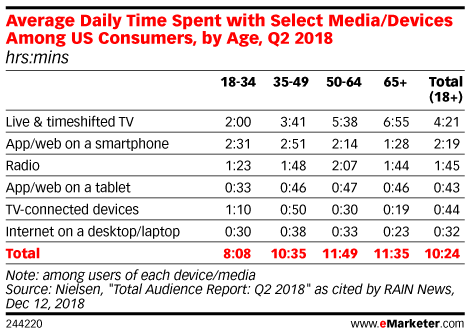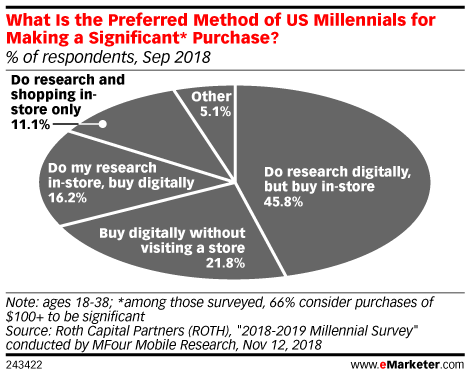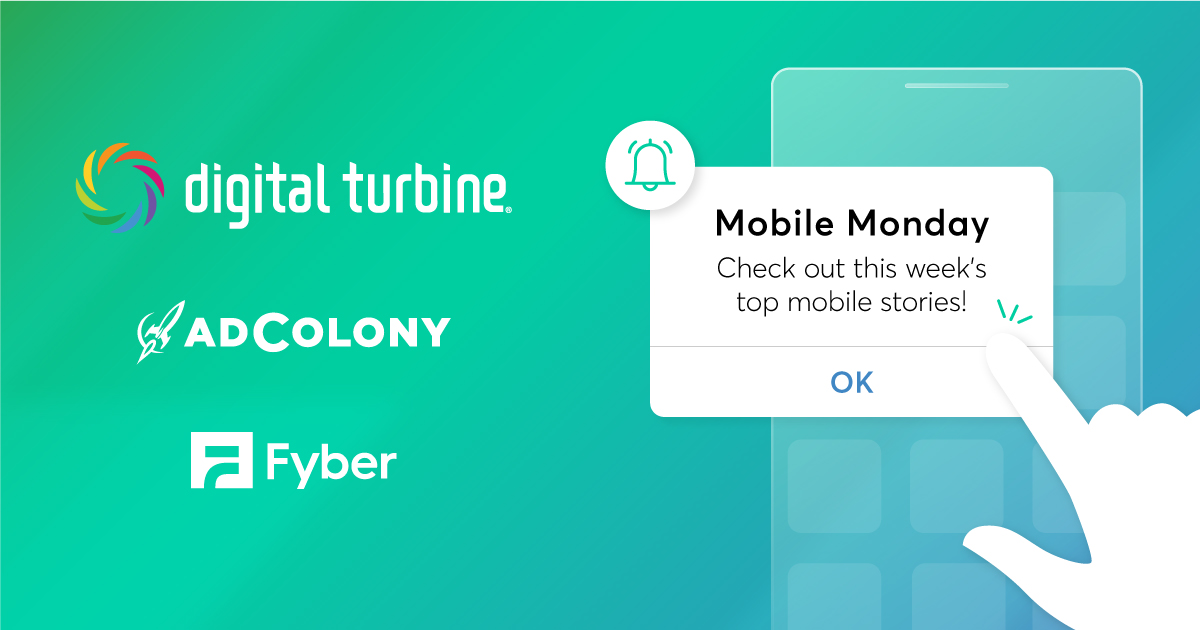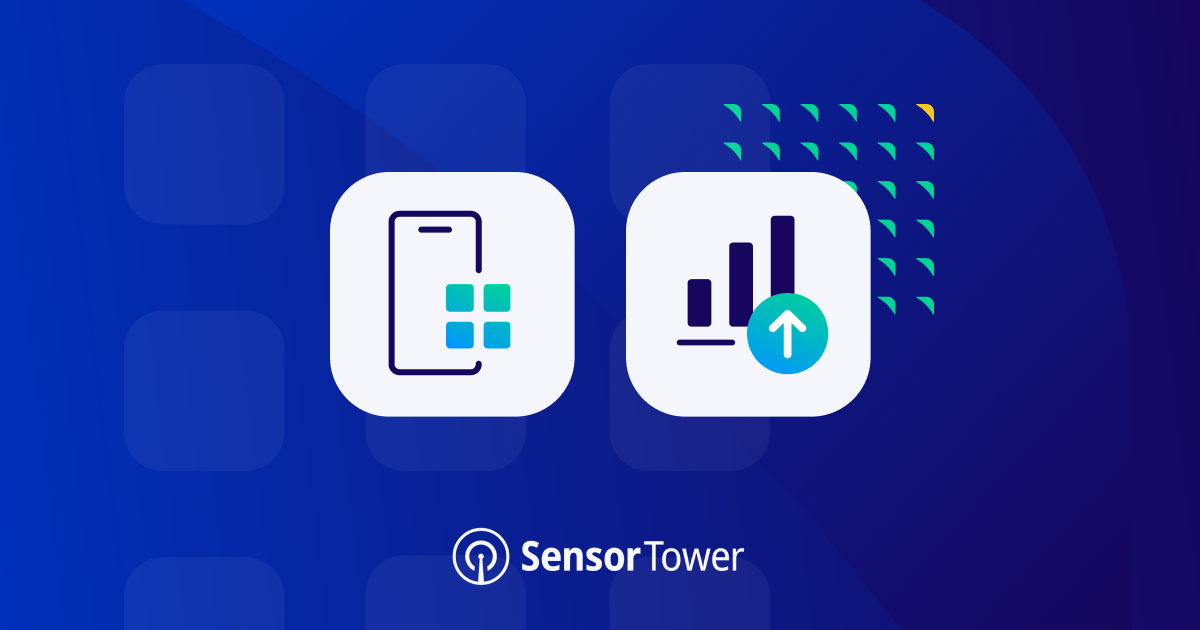If you had a smartphone in high school, have been asked on a date through text or instant messenger, and Google is your go-to for all questions, chances are, you’re part of the now-famous generation called millennials.
This is the generation that grew up with technology that makes connecting with others and instant gratification not just possible but expected. Smartphones are the hub of all of their human relationships, in fact, nearly 4 in 10 millennials say they interact more with their smartphones than with their significant others, parents, friends, children or co-workers IRL (in real life).
Mobile Consumption > TV & Desktop
With the sheer amount of everything available on smartphones, though, it’s no wonder. A report from eMarketer that takes a closer look at digital behavior and usage of consumers born between 1981 and 1996 (those between 22 and 38). Unsurprisingly, the mobile use of the slightly younger set (18-34) has surpassed that of TV and desktop internet, with two and a half hours on smartphones and half an hour on tablets – approximately three hours a day, total, compared to TV which is at two hours, and desktop internet at 30 minutes.
Digital Video: 9 out of 10 Millennials
While millennials have not entirely abandoned traditional TV, they have made the shift to digital video, with YouTube and Netflix playing a significant role in their daily viewing. eMarketer estimates 89.2% of millennials will be digital video viewers in 2019, higher than their TV penetration at 79.4%. (Gen X and Baby Boomers trail, at around 80% and 52% digital video saturation, respectively.)
Much of this digital content is viewed on a phone, according to a survey by the video production company Wibbitz: The 23-37-year-old age group spends more time viewing video on their phones than on computer or TV sets.
A $200 Billion Market
This digitally-savvy generation may be known for its selfies and obsession with social media, but as the report notes, they aren’t adolescents anymore. “Unlike in their younger days, millennials are not especially likely to seek out the newest and coolest manifestations of digital. As they cope with adulthood, utility will matter more than novelty.”
This is seen most in how millennials are using their phones to make shopping – a highly utilitarian activity – faster and more convenient. Today’s on-demand economy doesn’t just refer to streaming video services; millennials are also accustomed to ordering online and having whatever they want to be delivered (virtually or otherwise) to their door.
Some 85% of millennials are “digital buyers,” compared to 78% of Gen X and 59% of Boomers. And they are mobile shoppers, in the sense that just 11% of them do research and shopping in-store only – the vast majority integrate mobile somewhere in the mix. (For more on mobile shopping behaviors from the 2018 holiday season, see our report.)
And spend they will: Those in the 17-34 age group today will spend more than $200 billion annually starting in 2017, and $10 trillion in their lifetimes. To capture the attention and trust of millennials, combining online and offline activations and messaging is the best method.
Mobile is a Place of Trust – But For All?
Smartphone shopping is more than just convenience. Millennials trust that their phones will serve up the same information as a desktop, according to a Google study. This makes them more likely to buy directly from their phone.
However, this level of trust does not necessarily extend to data sharing; more than half (55%) are not too willing or not willing at all to give companies access to personal data for targeted advertising. Those who do, the report notes, expect something in return. “The younger audience has been more trained with the value they can get from sharing data, including more relevant communication. There is more frustration with things that are irrelevant.”
The lesson is clear: Mobile advertisers who can create a strong level of trust with consumers, and serve them with enough personalization to delight, not annoy, will have the most success with millennials.
Join the Conversation
Trust the numbers! Get more insights into digital behaviors that span beyond mere millennials on the blog and social media. Tweet us at @AdColony. For the latest AdColony mobile news and updates, follow @AdColony on Twitter, like us on Facebook, or connect on Linkedin.
- Effectively Scaling Apps – The Myth of the Whale Busted - May 17, 2022
- How to Maximize and Optimize Engagement in Your App - May 5, 2022
- Offer Walls for App Monetization: Everything You Ever Wanted to Know - April 14, 2022





